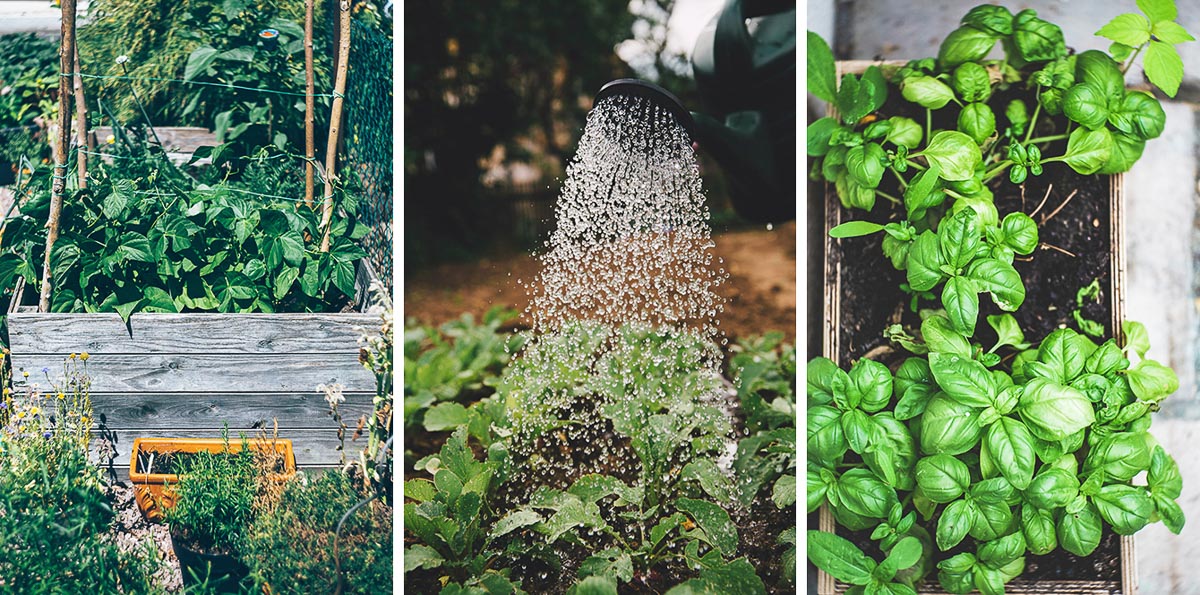Getting My City Blooming To Work
5 Easy Facts About City Blooming Explained
Table of ContentsGetting The City Blooming To WorkThe Single Strategy To Use For City BloomingNot known Details About City Blooming The Single Strategy To Use For City BloomingThe Facts About City Blooming Revealed
Interested in expanding food for sale in the City of Chicago? Below is a listing of regularly asked questions relating to the rules and policies that cultivators ought to consider when intending a metropolitan farming job.
The zoning amendment does not change any type of various other codes handling composting, building permits, acquiring or renting City possessed property, service licenses or ecological contamination. There are existing codes that manage these problems and they stay completely result and may be appropriate to your task. Neighborhood yards are commonly had or taken care of by public entities, civic organizations or community-based companies and preserved by volunteers.
Urban farms expand food that is planned to be offered, either on a not-for-profit or for-profit basis. Due to their industrial objective, city farms call for an organization certificate.
All About City Blooming
The amount of compost product can not go beyond 25 cubic lawns at any type of given time according to the standards in 7-28-715 of the City's Municipal Code. Since the dirt at many new garden sites requires changing, compost, soil, wood chips, or other materials can be obtained to build or enhance the expanding room.

If a structure license is required after that the hoophouse will certainly be considered an accessory structure. You can figure out even more concerning the structure authorization requirements by getting in touch with the Department of Structures. The 25,000-square-foot size limit is planned to prevent a single neighborhood yard from dominating an offered block or interfering with the block's existing property or industrial personality.
The limit does not use to yards found in Public Open Area (POS) districts. Can there be even more than one area garden that is 25,000 square feet on a single block? Fence is not required, nevertheless, gardens that have huge car parking locations may be needed to install fencing or various other landscaping functions.
Not known Details About City Blooming
B1 & B2 districts need that all commercial usage tasks be conducted indoors. Is fence needed for city ranches? Fences might be required, along with landscaping and screening, for certain parking areas and outdoor work or storage space locations depending on place and the details activity taking place.
Yes. Urban ranches call for building licenses and zoning authorizations before building. Other kinds of city review might be called for relying on specific structures, tasks, size, landscape design, licensing, public heath and stormwater management problems. Most of these requirements are recognized in the project design or permitting process, nonetheless, the candidate might be responsible to separately identify certain licenses or permits that might be needed.
The Department of Service Affairs and Consumer Defense can aid figure out the specific kind of business permit that's needed. Off street parking is required for the majority of business projects in Chicago. The required number of auto parking spaces is based on the number of employees functioning on website and not the square video of the growing area.
The Definitive Guide for City Blooming

Yes. A metropolitan farm can market garden compost product created on website, nevertheless, the procedure has to follow the regulations in 7-28-715 of the Chicago Municipal Code. Yes. Aquaponic systems are allowed indoors on metropolitan farms in several zoning districts. A zoning review and structure license is visit the website called for in order to mount structures or systems and a business certificate is required as defined over.
Approximately 5 hives or nests of honey may be maintained as an accessory use. Beekeepers should sign up with the Illinois Division of Farming. To find out more regarding the recommended zoning change you might contact the Department of Housing and Economic Growth, Bureau of Planning and Zoning at 312.744.8563.
, which takes location in country locations at the edge of suburban areas.
The Facts About City Blooming Revealed
It can include an activity of natural farmers, "foodies" and "locavores", who look for to develop socials media based on a shared ethos of nature and neighborhood holism. These networks can establish by way of official institutional assistance, ending up being incorporated right into neighborhood town as a "change town" activity for sustainable metropolitan growth.
The extra direct accessibility to fresh veggie, fruit, and meat products that may be know via city farming can enhance food safety and security and food safety while reducing food miles, leading to reduced greenhouse gas exhausts, thereby contributing to climate adjustment mitigation. A few of the very first proof of urban agriculture comes from Mesopotamia.